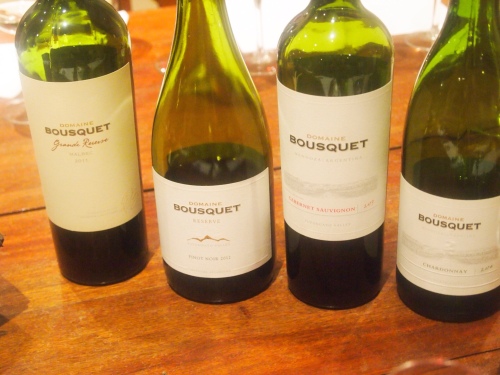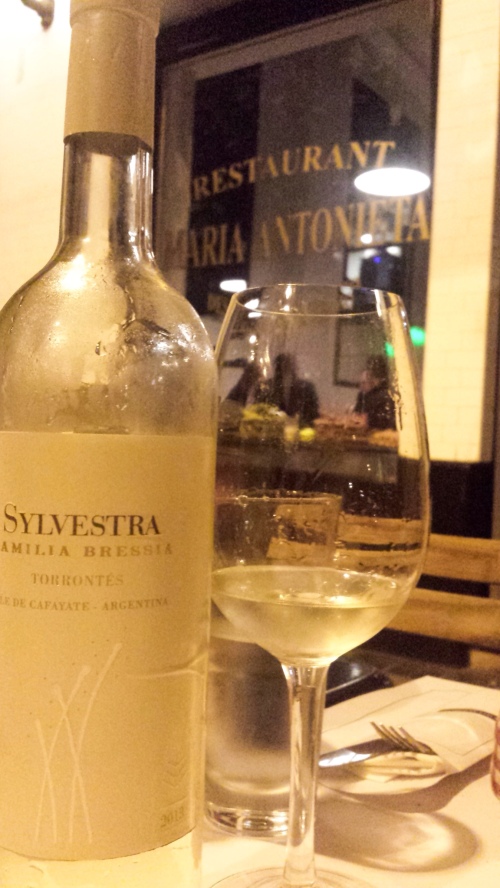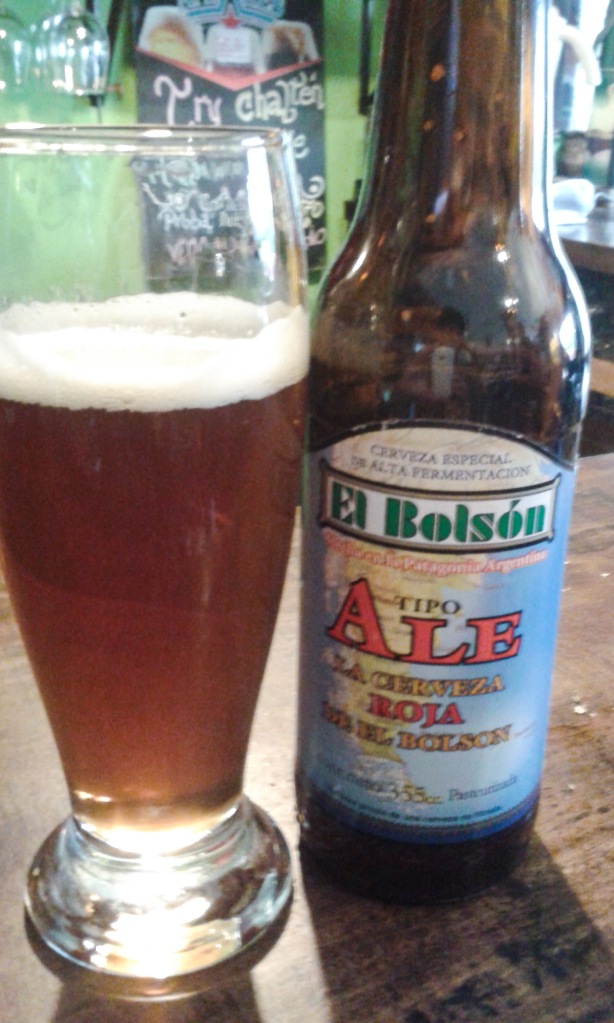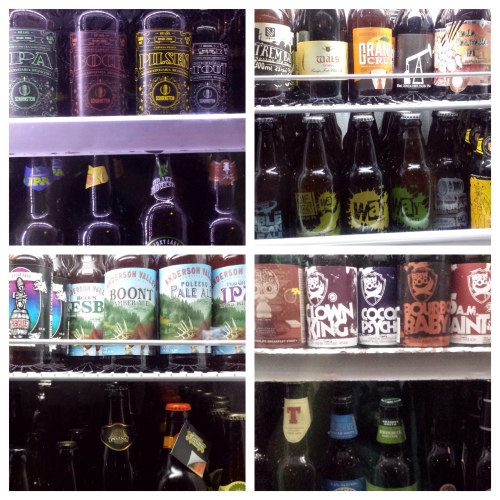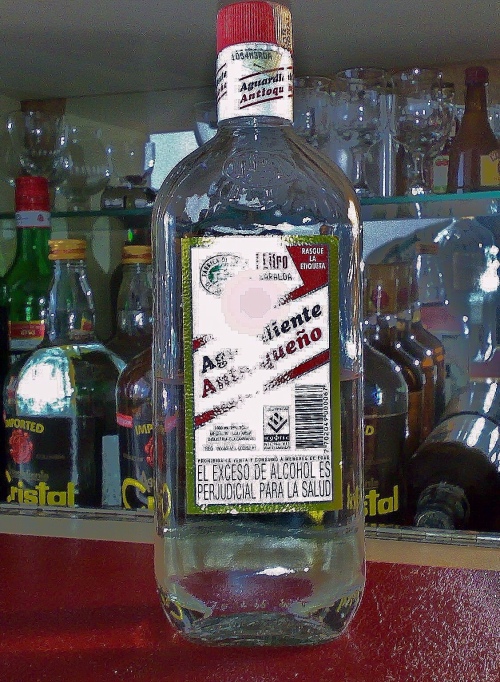Sandwiched between the sparkling Pacific and the majestic Andes, Chileans are surrounded by so much beauty that it’s impossible not to raise a glass or two to Mother Nature
Pisco: Ah, Pisco. I first came to love Pisco in Peru but it wouldn’t do to admit that in front of a Chilean. The neighbouring countries have had a few beefs over the years, not least of which is the (at times legal) dispute over which country is the birthplace of the stuff.
Pisco is a type of brandy invented by 16th-century Spanish sailors and most commonly drunk in the form of my favourite cocktail, the Pisco Sour.
In Peru, the recipe is pisco, lime, sweet syrup, ice, egg white and Angostura bitters. The Chileans miss out the egg white and Angostura, a mistake in my view.
Here you can visit some of the oldest Pisco distilleries. I did the day trip alone, as Franki was feeling under the weather, but still had a marvellous day out. I mean…just look at the place.
OK, one more Elqui Valley picture because…well…damn…
I took a cheap shared collectivo taxi to the town of Vicuna, from where you can get the bus to Pisco Elqui, or even further to the wonderful Fundo de los Nichos distillery, founded in 1868. Foolishly, I walked the three miles from Pisco Elqui in blazing sunshine, not realising that the bus route continues along the same road.
The distillery tour was in Spanish, as I happened to arrive at the wrong time for the English tour, but it was still fascinating. The place is dripping with tipsy history. Here’s a mural commemorating (if my Spanish serves me well) the day when women were allowed into the distillery for the first time.
A kindly Chilean family gave me a lift back to Pisco Elqui (having seen me tramping along in the heat earlier). There I also visited the Pisco Mistral distillery, named after Nobel prize-winning poet Gabriela Mistral, who came from the Elqui Valley. This is a larger operation than Fundo de los Nichos, with a fantastic restaurant attached. Their English tour was a fascinating insight into the distillation process…
…and the tasting enlightened me to the fact that premium Pisco can be drunk neat, like any other brandy.
Anyway, the Elqui Valley: Education, booze and scenery, what’s not to love?
If you’re in Santiago, check out the Chipe Libre restaurant on Lastarria. The food wasn’t stunning but they offer both Peruvian and Chilean versions of the famous drink, plus a tasting flight for would be connoiseurs.
Wine: While Argentina is the home of Malbec, Chile is probably better known for reds such as Cabernet Sauvignon and Carmenere. It also has a reputation in some parts of the world (I’m looking at you, hypocritical Australia!) for producing some cheap and terrible wines.
Britons will probably be most familiar with Casillero del Diablo, famous for being the wine people bring to a dinner party chiefly because of its ubiquity on the shelves of every corner shop in the country.
Chile certainly does export some rubbish, as anyone who has travelled in Asia will know. But it’s such a large country (well, north to south at least) that it has plenty of top wine-making regions, such as the Maipo and Colchagua valleys.
We weren’t here for long enough to sample that many but one recommendation is this Novas Viognier from the organic Emiliana vineria.
My notes also include a smiley face next to a picture of Hoyco del Limor Reserva Especial Pinot Noir 2013. I can’t for the life of me remember anything about it and a Google search suggests it doesn’t exist. Perhaps I dreamt it.
If you’re in Santiago, do not miss the wonderful bar/resto Bocanariz, where delicate tapas dishes are paired with an excellent selection of wines from all over Chile.
Beer: Chile is a very wealthy country by South American standards and as such, it has a wealth of very good craft beers. One great place to sample them is the kaleidoscope of colour that is the UNESCO heritage town of Valparaiso (read about this beautiful town here).
The Casa Cervecera Altamira has a wonderful range from light ales to smoky German Altbiers, right in the bustling heart of Valparaiso and, thankfully, at the bottom of one of it’s extremely steep hills. Most bars also have a decent range of bottled craft beers, such as this crisp and refreshing Granizo, seen here being menaced by a two-headed dinosaur.
Most bars also have a decent range of bottled craft beers, such as this crisp and refreshing Granizo, seen here being menaced by a two-headed dinosaur.
The verdict
Top tipple: Seeing as i’ve already declared it my favourite cocktail, the winner has to the Pisco Sour. I’ll confess to preferring the Peruvian version but the Chileans do a fine job too.
Bubbling under: Altamira’s American Pale Ale went down a treat with Franki so we’ll go with that.
Gourmet’s choice: Pisco Mistral 35. Dark yellow, woody, a very expensive and delicious way of clearing out the cobwebs from your entire respiratory system.
What to slur drunkenly: Pisco de Peru? Andate a la chucha! This is best left untranslated.
Next up in Booze of the World, it’s a 13-hour flight across the Pacific to New Zealand as the wine leg of our world tour continues…











